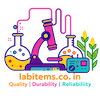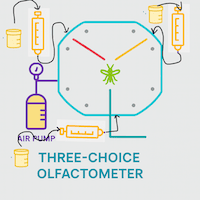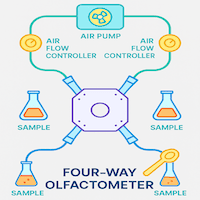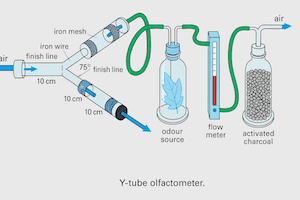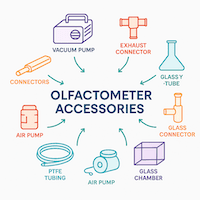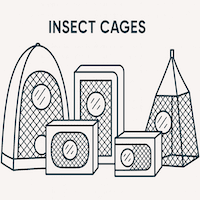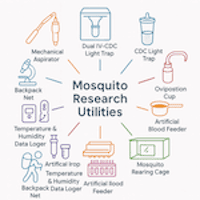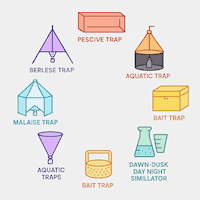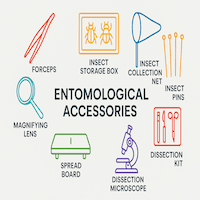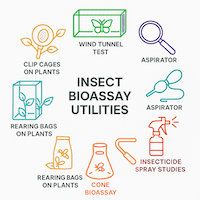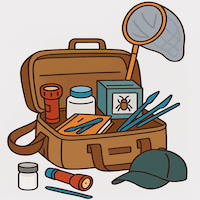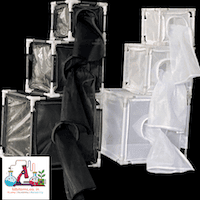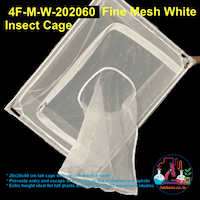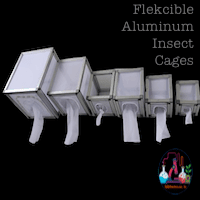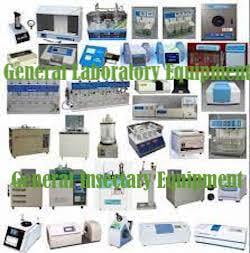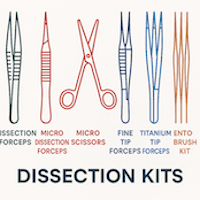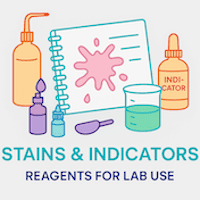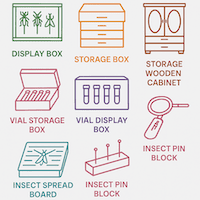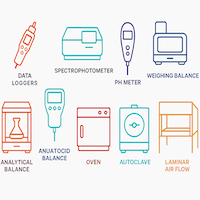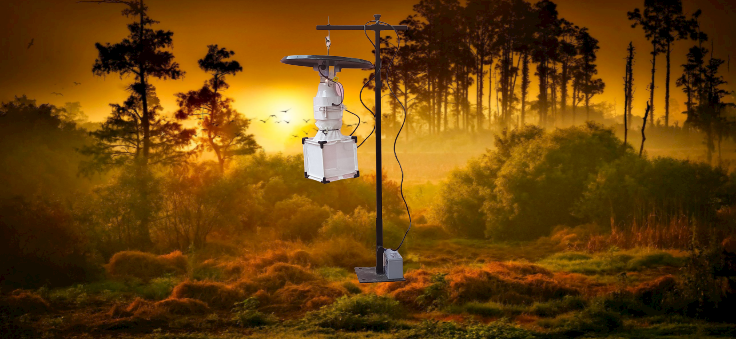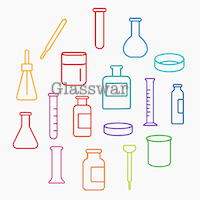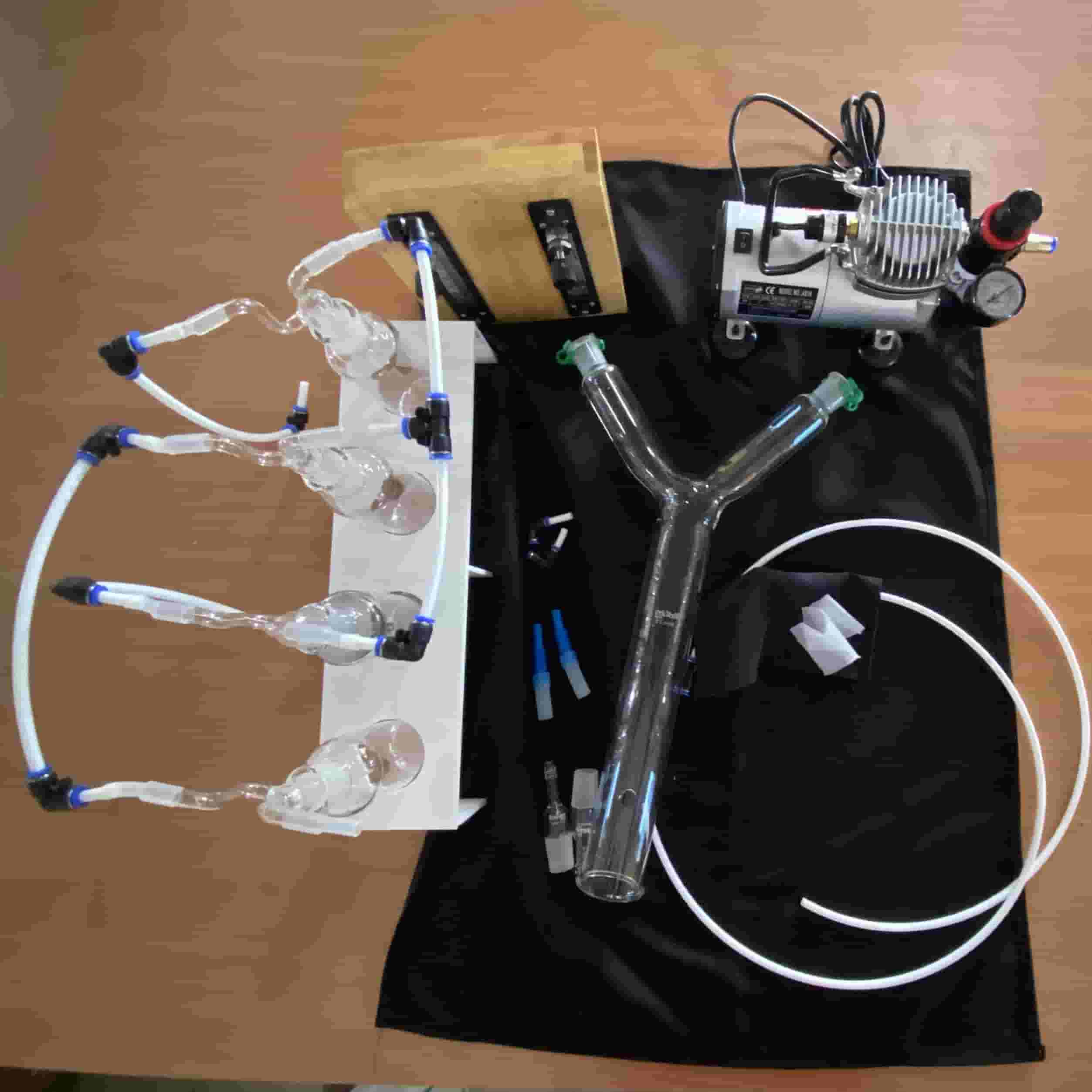
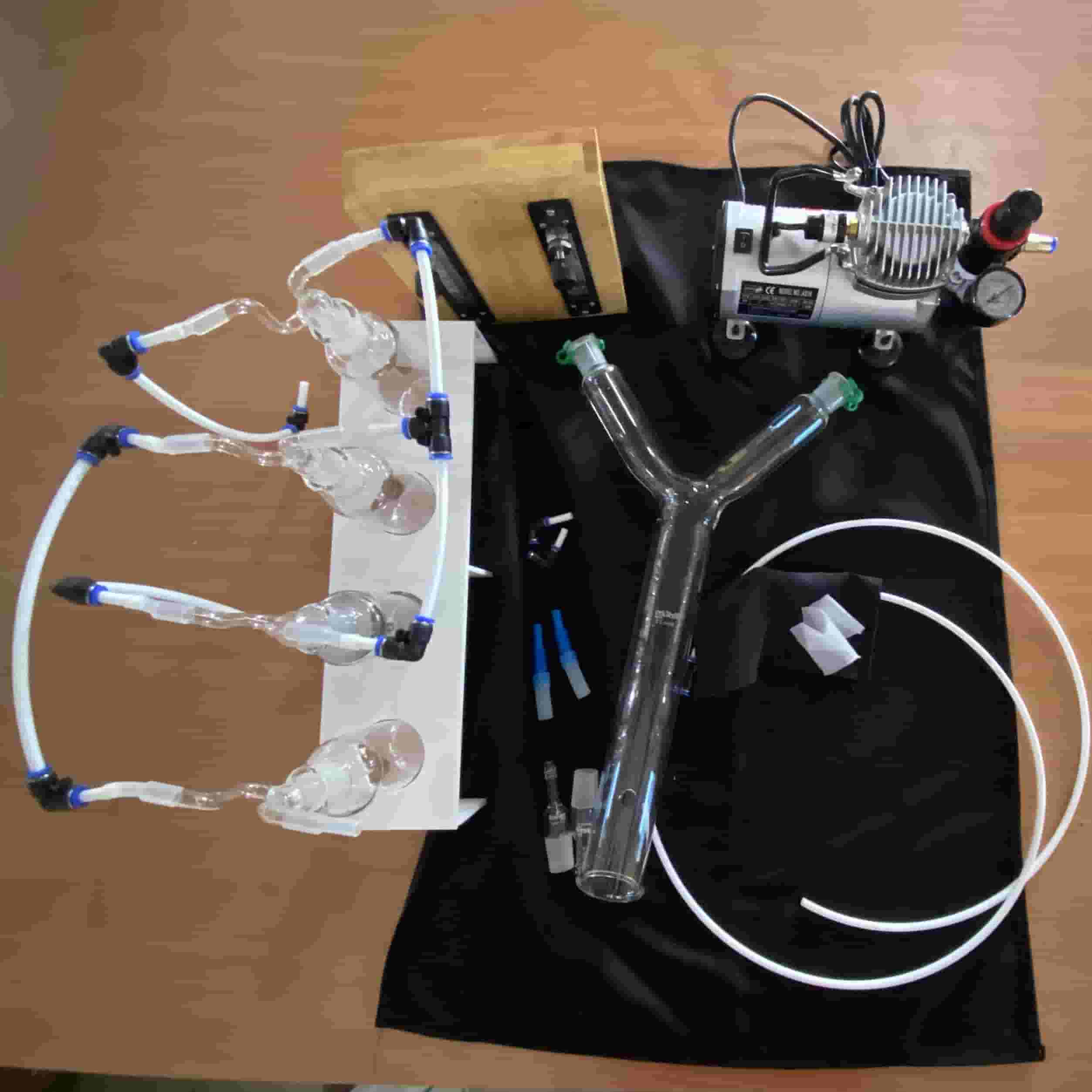

Y-tube Olfactometer for Entomology
Our 2-choice insect olfactometers are precision laboratory tools designed for studying insect behavioral responses to two competing odor sources. Featuring a Y-tube design, these olfactometers provide a controlled environment with uniform airflow, allowing researchers to assess insect preferences, attraction, or avoidance in response to various chemical stimuli. Widely used in entomological research, they are suitable for a range of insects such as flies, beetles, and crop pests. The system enables reproducible and quantitative evaluation of attractants, repellents, or natural products, making it an essential instrument for behavioral assays and semiochemical screening in insect science. For mosquito research, please look here.
Customize
🔬 Y-tube Insect Olfactometer – 2-Choice Configuration
The Y-tube insect olfactometer is a widely adopted bioassay tool used to study insect behavioral responses to chemical cues. Designed specifically for two-choice experiments, this olfactometer allows researchers to quantify preference, repellency, or attraction between two competing odor sources in a controlled environment.
This model is ideal for:
Choice-based assays for volatile compounds in entomological and ecological research.
Plant -insect interactions - How insects are preferentially selecting the food
Insect-insect interactions - Also possible to know when plant is already infested with a certain type of insect, how a hungry test species is responding against the presence of other type of insects' infestation
Host Plant Selection: Determining the olfactory cues that influence insect host selection in agricultural or ecological studies.
Semiochemical Screening: Testing the efficacy of synthetic or natural compounds as attractants or repellents for pest management.
Behavioral Ecology: Investigating the sensory mechanisms underlying insect navigation and decision-making.
Key Features
Y-Tube Design: The Y-shaped glass tube allows insects to move from a central release point toward one of two arms, each delivering a different odor. This setup ensures uniform airflow and minimizes external influences, facilitating precise observation of insect choice behavior.
Versatile Applications: Commonly used in studies of host preference, semiochemical screening, and the evaluation of attractants or repellents across a variety of insect taxa including flies, beetles, aphids, and crop pests.
Controlled Airflow: The system provides consistent and laminar airflow, ensuring that odor plumes remain distinct and reproducible throughout the experiment.
Behavioral Assessment: Enables quantification of insect preference, attraction, or avoidance by recording the number of individuals choosing each arm within a set time frame.
Reproducibility: The standardized design and methodology support reliable and repeatable results, making these olfactometers trusted tools in research laboratories worldwide.
🔎 Why Choose a 2-Choice Y-tube Setup?
The 2-choice Y-tube configuration simplifies experimental design while maintaining high reliability. It offers:
Binary decision pathway for insects, eliminating ambiguity in behavioral interpretation
Rapid screening of essential oils, repellents, attractants, and semiochemicals
Reproducibility in data across replicates due to uniform airflow and lighting
This configuration is most suitable when the study requires:
Direct repellency evaluation (e.g. mosquito deterrence studies)
Simple attractant comparison (e.g. between host odors and control)
Model using standardized tubing, mesh barriers, and airflow ports
🧪 Scientific Utility and Use Cases
This olfactometer supports:
Short-range olfactory assays using controlled airstreams
Individual or batch testing of insects in a time-efficient manner
Research in chemical ecology, pest management, vector control, and behavioral toxicology
Based on several possible combinations of insect's biology, here are few recommendations to chose from. Note that these are recommendations and it is advised to check and analyze insect behavior like motility, speed, insect moment type like jumping, walking, flying, size, etc to come to a final choice of the design.
Use Case | Species | Recommended Model | Catalog ID |
|---|---|---|---|
WHO Repellency Testing | Mosquitoes | WHO-Compliant Y-tube Olfactometer | LI-BA-21 |
Choice-Based Assay | Mosquitoes | Y-tube with stimulus/cue comparison | LI-BA-22 |
Highly Motile Insects (<1 mm) | Aphids, thrips | Precision Y-tube for small vectors | LI-BA-71 |
Moderate Mobility (1–5 mm) | Midges, beetles | Versatile test chamber (2C) | LI-BA-17, LI-BA-71 |
Larger Crawlers (5–10 mm) | Caterpillars, ants | Wide-channel Y-tube setup | LI-BA-17, LI-BA-70 |
Low Mobility Insects | Soft-bodied or curled insects | Curl-safe barrier chamber | LI-BA-72, LI-BA-73 |
Insects Needing Mesh Grid | Glass non-adherent species | Mesh-based Y-olfactometer | LI-BA-74, LI-BA-75, LI-BA-76 |
insect olfactometer Algiers, Y-tube olfactometer Algeria, entomology research tools Oran, insect behavioral assay Constantine, insect olfactometer Luanda, entomology equipment Angola, Y-tube insect assay Benguela, insect olfactometer Cotonou, entomology research Benin, Y-tube olfactometer Parakou, insect olfactometer Gaborone, entomology tools Botswana, insect olfactometer Ouagadougou, entomology research Burkina Faso, Y-tube olfactometer Bobo-Dioulasso, insect olfactometer Yaoundé, entomology research Douala, Y-tube olfactometer Cameroon, insect olfactometer Abidjan, entomology research Côte d'Ivoire, Y-tube olfactometer Bouaké, insect olfactometer Kinshasa, entomology research Lubumbashi, Y-tube olfactometer DRC, insect olfactometer Cairo, entomology research Giza, Y-tube olfactometer Alexandria, insect olfactometer Addis Ababa, entomology research Ethiopia, Y-tube olfactometer Jimma, insect olfactometer Accra, entomology research Kumasi, Y-tube olfactometer Ghana, insect olfactometer Nairobi, entomology research Kisumu, Y-tube olfactometer Kenya, insect olfactometer Antananarivo, entomology research Madagascar, insect olfactometer Lilongwe, entomology research Malawi, Y-tube olfactometer Blantyre, insect olfactometer Bamako, entomology research Mali, insect olfactometer Rabat, entomology research Casablanca, Y-tube olfactometer Morocco, insect olfactometer Maputo, entomology research Mozambique, insect olfactometer Windhoek, entomology research Namibia, insect olfactometer Ibadan, entomology research Lagos, Y-tube olfactometer Zaria, insect olfactometer Kigali, entomology research Rwanda, insect olfactometer Dakar, entomology research Senegal, Y-tube olfactometer Saint-Louis, insect olfactometer Pretoria, entomology research Johannesburg, Y-tube olfactometer Stellenbosch, insect behavioral assay Cape Town, insect olfactometer Khartoum, entomology research Sudan, insect olfactometer Dar es Salaam, entomology research Arusha, Y-tube olfactometer Tanzania, insect olfactometer Tunis, entomology research Tunisia, insect olfactometer Kampala, entomology research Uganda, Y-tube olfactometer Entebbe, insect olfactometer Lusaka, entomology research Zambia, insect olfactometer Harare, entomology research Zimbabwe, Y-tube olfactometer Bulawayo.
Y tube olfactometer
- Y-tube recommendationSelect from product variants above
- Y-tube stem length/DiaSelect sizes from product variants above
- Y-tube arm length/DiaSelect sizes from product variants above
- Y-tube surfacePlain glass smooth surface
- Humidity chamberPassive Humidity Yes
- Charcoal chamberYes
- Activate Charcoal1 Kg
- Sample keeping provisionYes, 2 no's 250ml containers
- Connector tubingsSilicone and PFTE tubings
- Air DeliveryYes, through force compression and delivery
- Flow controllers2 no's of each with 0.1 to 1.0 lpm
- Black cloth to cover the set upExtra Purchase
- 250ml cylindrical insect collection chambersExtra Purchase
- 100ml bulb based insect collection chambersExtra Purchase
Air Compressor
- Air DeliveryAir Compressor
- Power Requirement110-220v
- Power Frequency50 Hz
- Air compression delivery rate8 lpm
- Time for setting experiment timingsYes
- Power Pin TypeIndian
